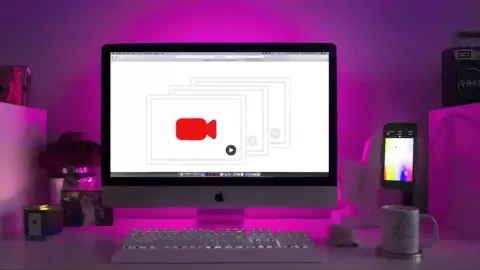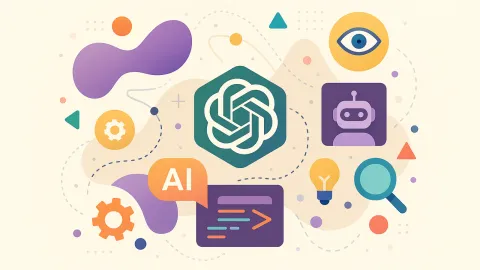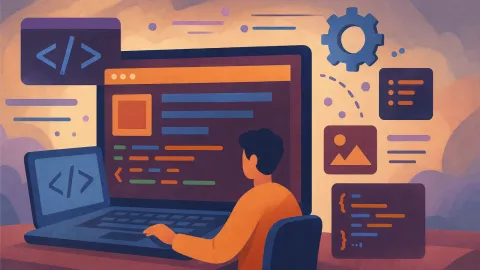What Are Core Web Vitals? The 3 Key Metrics & 10+ Optimization Tips for 2025
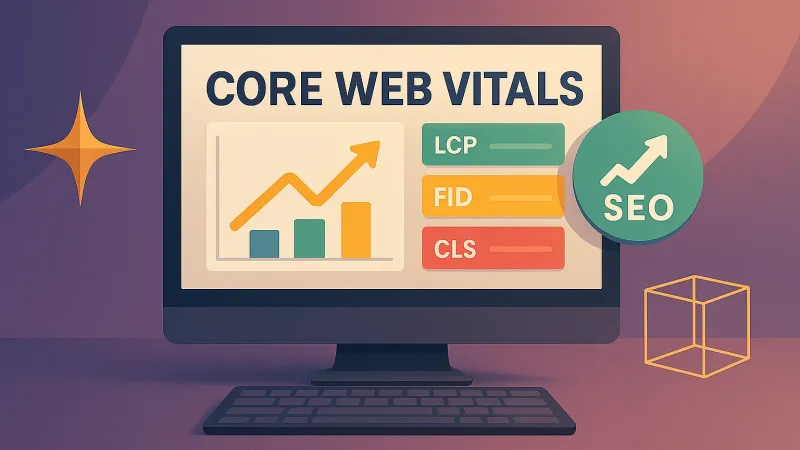
Quick Answer
There are three main ones: LCP, INP, and CLS.
Why Core Web Vitals Are Critical to Your Website's Success
In 2025, website speed is no longer just a bonus—it’s a core factor that determines your ranking in Google search results. Google’s Core Web Vitals are a specific set of metrics designed to measure real-world user experience. A site that performs poorly on these metrics will not only lose visitors but will also be outranked by competitors in the SEO race.
The Importance of Core Web Vitals
Impact on SEO Rankings:
- Google has officially incorporated Core Web Vitals into its search ranking factors.
- Well-performing sites receive priority placement in SERPs.
- The impact is even more significant for mobile search rankings.
Impact on Business Value:
- A 1-second delay in loading speed can lead to a 7% drop in conversions.
- 53% of users will abandon a site that takes longer than 3 seconds to load.
- Good Core Web Vitals can increase conversion rates by up to 24%.
Breaking Down the Three Core Metrics: LCP, INP, CLS
Core Web Vitals are composed of three main metrics that measure loading speed, interactivity, and visual stability. Each metric has clear scoring criteria and optimization priorities.
1. LCP (Largest Contentful Paint)
Core Concept
- Definition: Measures the time it takes for the main content of a page (usually the largest image or text block) to load.
- Measurement Scope: From when the user starts loading the page until the largest content element is fully rendered in the viewport.
- Common LCP Elements: Hero images, banners, large blocks of text, video thumbnails.
Scoring Criteria
- Good: Under 2.5 seconds
- Needs Improvement: 2.5 - 4.0 seconds
- Poor: Over 4.0 seconds
Influencing Factors
- Slow Server Response Times: High TTFB (Time to First Byte).
- Render-Blocking Resources: Large CSS and JavaScript files.
- Resource Load Times: Static assets like images, fonts, and videos.
- Client-Side Rendering: Initialization time of JavaScript frameworks.
2. INP (Interaction to Next Paint)
Core Concept
- Definition: Measures the latency from a user interaction (click, tap, keypress) to the browser’s next screen update.
- Measurement Principle: The total time from the interaction until the next paint is completed.
- Replaced FID: Officially replaced First Input Delay (FID) in March 2024.
Scoring Criteria
- Good: Under 200 milliseconds
- Needs Improvement: 200 - 500 milliseconds
- Poor: Over 500 milliseconds
Common Interaction Types
- Click Events: Buttons, links, card clicks.
- Input Events: Form filling, search box typing.
- Touch Events: Swiping, zooming, long presses.
3. CLS (Cumulative Layout Shift)
Core Concept
- Definition: Measures the cumulative score of all unexpected layout shifts of visual elements during the page’s entire lifecycle.
- Calculation: Impact Fraction × Distance Fraction.
- Measurement Period: All shifts throughout the page’s lifespan.
Scoring Criteria
- Good: Below 0.1
- Needs Improvement: 0.1 - 0.25
- Poor: Over 0.25
Common Causes of Shifts
- Images without dimensions: Causes layout changes after loading.
- Dynamic Content: Ads, embeds, and injected content.
- Web Fonts: Font loading causes a flash of unstyled or invisible text (FOUT/FOIT).
- Animations: CSS animations that affect layout properties.
A Complete Guide to Professional Performance Testing Tools
Accurate measurement is the first step to optimization. The following tools each have their specialties and should be used together for a comprehensive performance analysis.
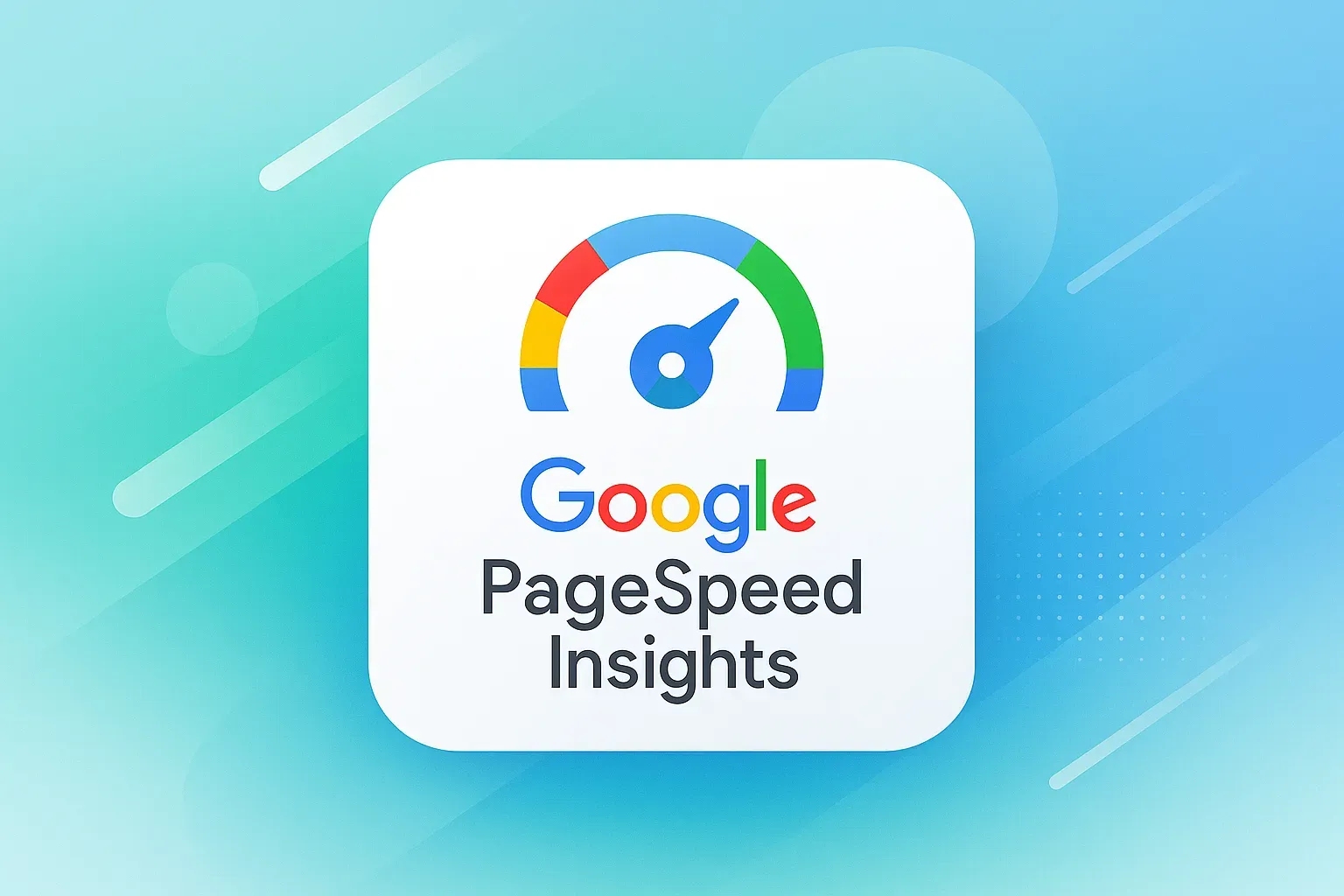
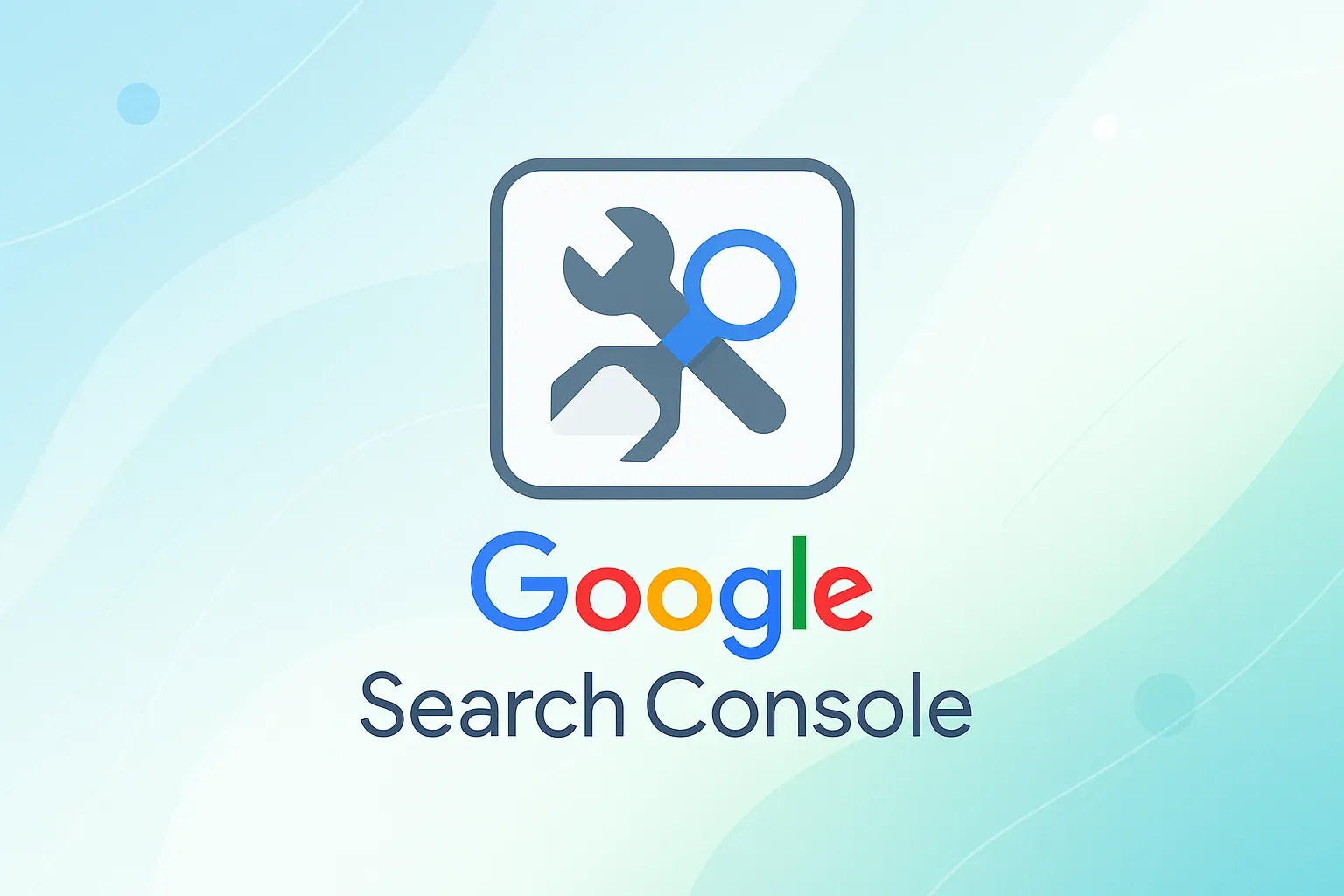
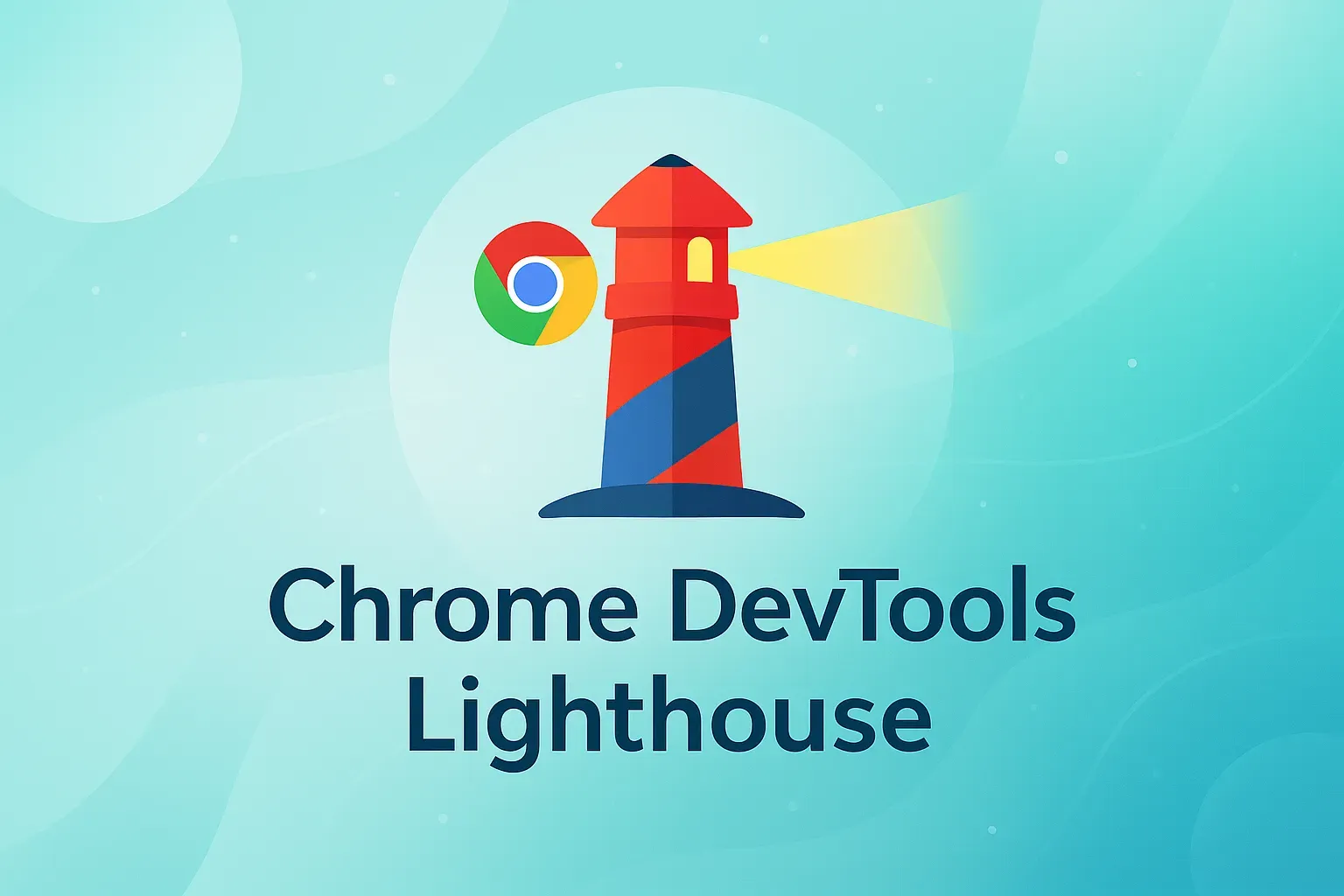
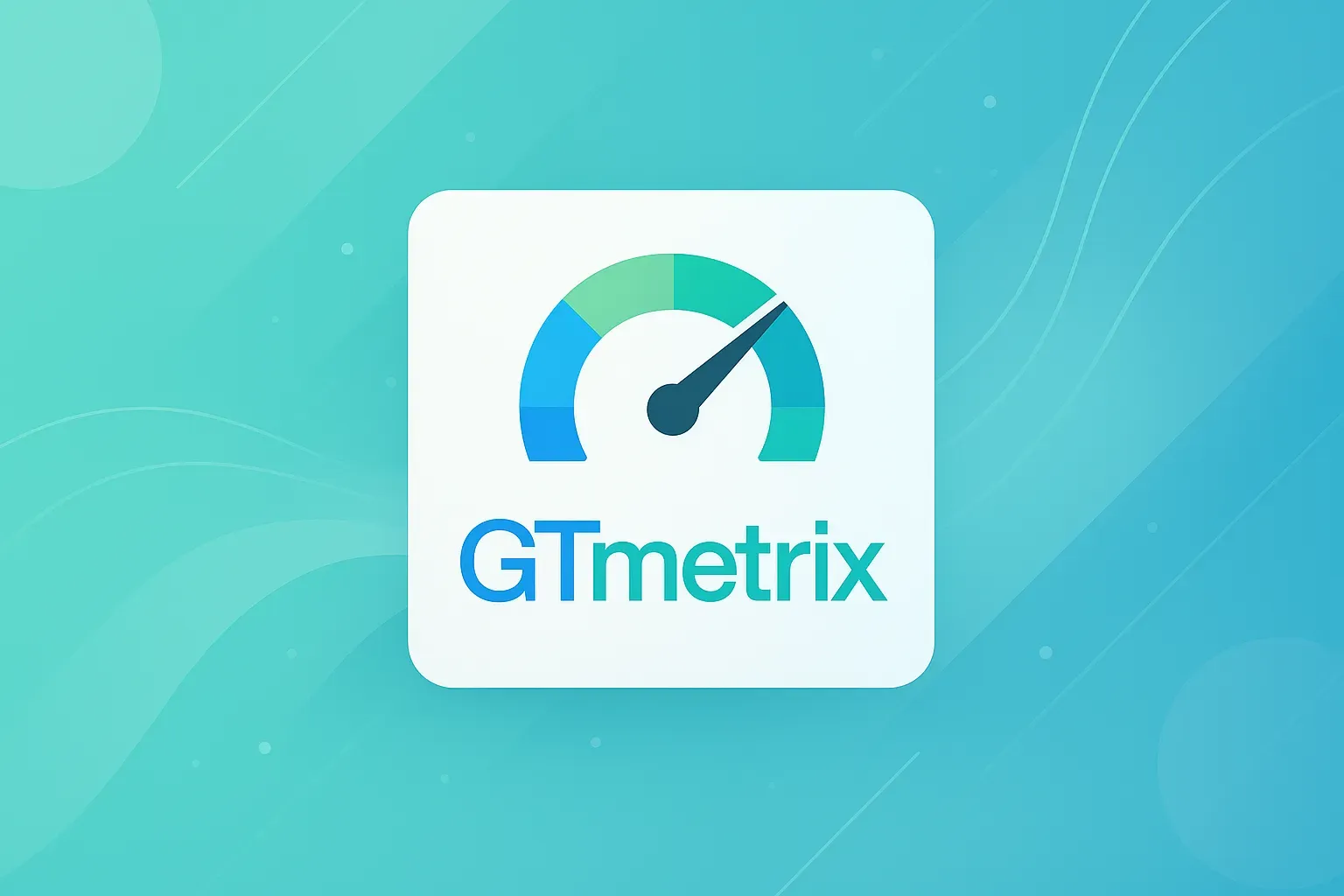
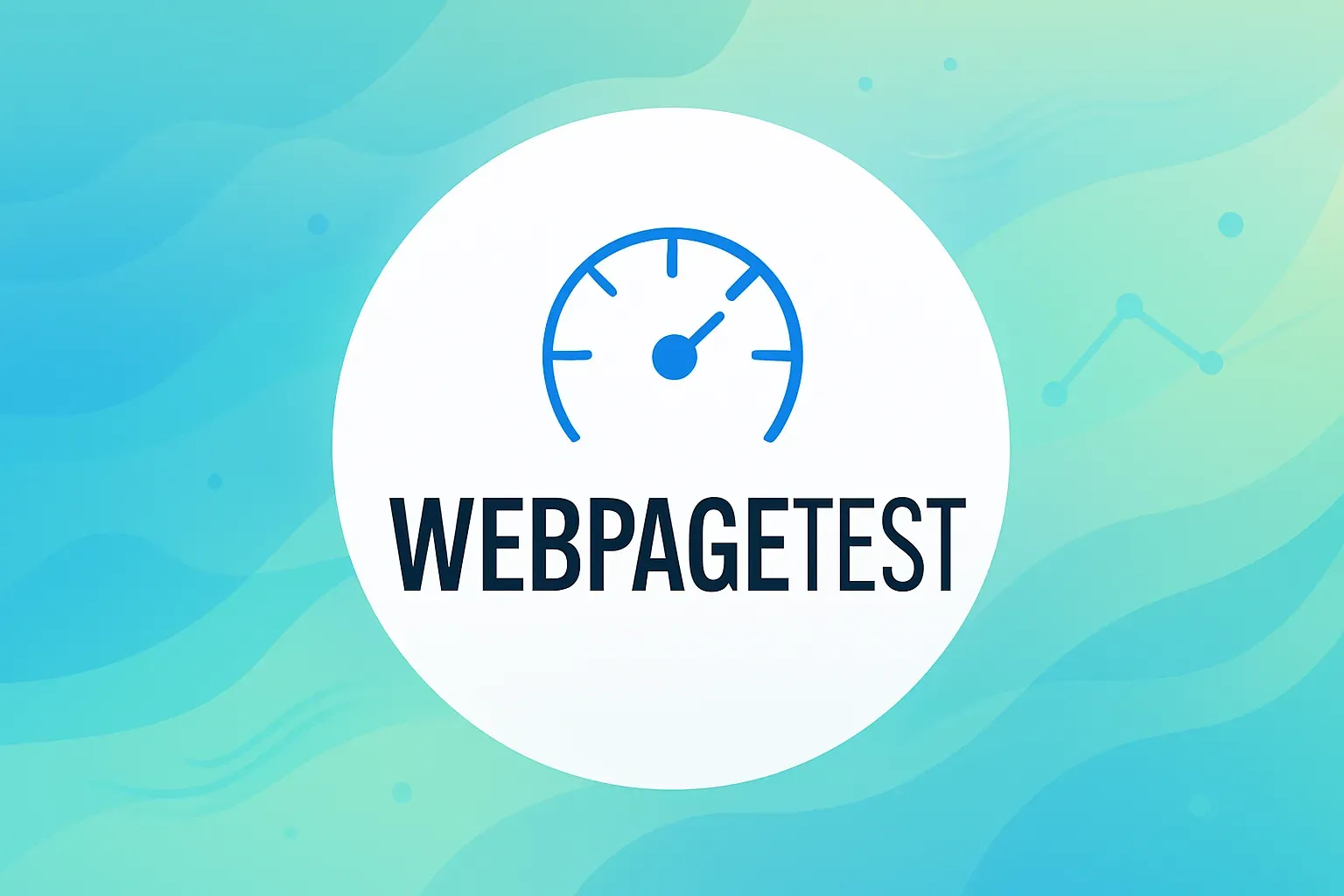
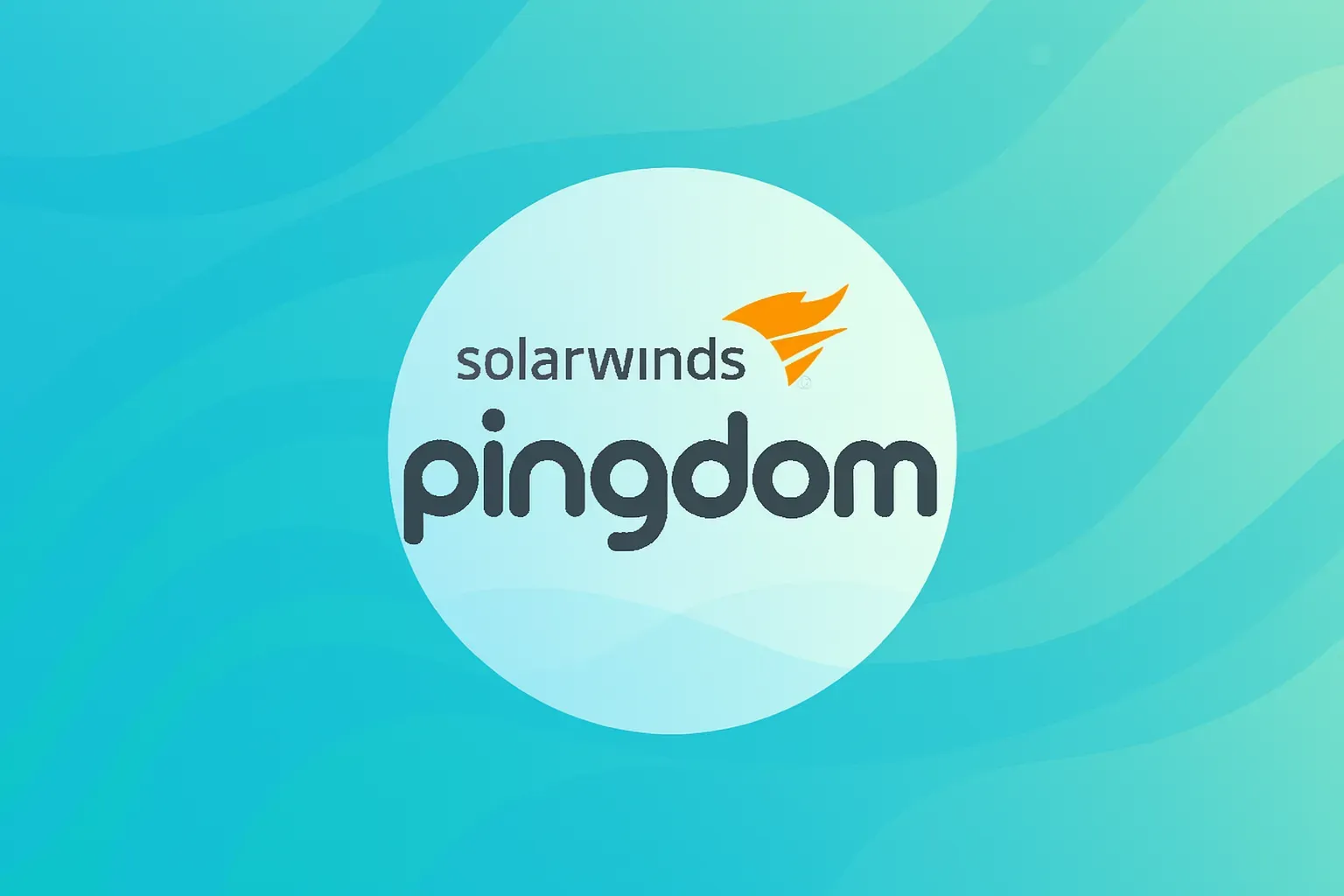
LCP Optimization: High-Priority Strategies
Largest Contentful Paint (LCP) directly impacts a user’s first impression of your site’s speed. Here are the optimization strategies with the biggest impact:
1. Image Optimization - The Most Significant Impact
- Modern Formats: Use WebP and AVIF to reduce file size by 25-50%.
- Responsive Images: Use the
srcsetattribute to serve appropriately sized images for different screens. - Compression Tools: TinyPNG, ImageOptim, Squoosh, etc.
- Lazy Loading: Use
loading="lazy"for non-critical images.
<!-- Before Optimization -->
<img src="hero.jpg" alt="Hero image">
<!-- After Optimization -->
<img src="hero.webp"
srcset="hero-320.webp 320w, hero-640.webp 640w, hero-1024.webp 1024w"
sizes="(max-width: 320px) 280px, (max-width: 640px) 600px, 1024px"
alt="Hero image"
loading="eager">2. Server Optimization - The Foundation
- Upgrade Hosting: Choose hosting with SSDs and sufficient RAM.
- Use a CDN: Cloudflare, AWS CloudFront, Azure CDN.
- Caching Strategy: Configure Browser Cache and Server Cache.
- Gzip Compression: Enable compression for text-based resources.
LCP Optimization: Medium-to-Low Priority Strategies
CSS Optimization
- Inline Critical CSS: Embed above-the-fold CSS directly into the HTML.
- Remove Unused CSS: Use tools like PurgeCSS or UnCSS.
- Minify CSS: Remove whitespace, comments, and simplify selectors.
Font Optimization
- Preload Fonts:
<link rel="preload" href="font.woff2" as="font" type="font/woff2" crossorigin> - Font Display Strategy: Use
font-display: swapto avoid FOIT. - Reduce Font Count: Limit the number of font weights and styles.
JavaScript Optimization
- Code Splitting: Split JavaScript bundles by route.
- Tree Shaking: Remove unused code.
- Minify and Uglify: Use tools like Terser or UglifyJS.
INP Optimization: JavaScript Performance
Interaction to Next Paint (INP) reflects your website’s responsiveness. The focus of optimization is on reducing JavaScript execution time and improving rendering efficiency.
1. Splitting Long Tasks
- Time Slicing: Break down tasks longer than 50ms into smaller chunks.
- Use
setTimeout: Give the browser a chance to handle other tasks. - Web Workers: Move computationally intensive tasks to a background thread.
// Before - Long task blocking the main thread
function processLargeArray(items) {
items.forEach(item => {
// Complex processing...
});
}
// After - Time Slicing
function processLargeArrayAsync(items, callback) {
let index = 0;
const batchSize = 100;
function processBatch() {
const endIndex = Math.min(index + batchSize, items.length);
for (let i = index; i < endIndex; i++) {
// Process items[i]
}
index = endIndex;
if (index < items.length) {
setTimeout(processBatch, 0); // Yield control
} else {
callback(); // Done
}
}
processBatch();
}INP Optimization: Script Management & Event Handling
Third-Party Script Management
- Deferred Loading: Use
asyncordeferfor non-critical scripts. - Script Prioritization: Critical > Important > Nice-to-have.
- Performance Monitoring: Regularly check the impact of third-party scripts.
Event Handling Optimization
- Event Delegation: Reduce the number of event listeners.
- Debounce and Throttle: Control the execution frequency of high-frequency events.
- Passive Listeners: Use the
passive: trueoption.
// Before - Each button has its own listener
document.querySelectorAll('.btn').forEach(btn => {
btn.addEventListener('click', handleClick);
});
// After - Event Delegation
document.addEventListener('click', (e) => {
if (e.target.matches('.btn')) {
handleClick(e);
}
});CLS Optimization: Basic Layout Stability Strategies
Cumulative Layout Shift (CLS) affects the accuracy of user interactions. The key to optimization is reserving appropriate space for all content.
Set Image Dimensions
<!-- Before - No dimensions set -->
<img src="image.jpg" alt="Sample">
<!-- After - Explicit dimensions -->
<img src="image.jpg"
width="640"
height="360"
alt="Sample"
style="aspect-ratio: 16/9;">Reserve Space for Ads
/* Reserve fixed space for ads */
.ad-container {
width: 100%;
height: 250px; /* Fixed height */
background: #f5f5f5;
display: flex;
align-items: center;
justify-content: center;
}
.ad-container::before {
content: "Ad loading...";
color: #999;
}CLS Optimization: Font and Animation Handling
Font Loading Optimization
/* Font display strategy */
@font-face {
font-family: 'CustomFont';
src: url('font.woff2') format('woff2');
font-display: swap; /* Avoids FOIT */
}
/* Font size matching */
body {
font-family: 'CustomFont', Arial, sans-serif;
/* Ensure fallback font has a similar size */
}Handling Dynamic Content
- Set
min-height: Set a minimum height for dynamically loaded content. - Skeleton Screens: Use skeleton loading to maintain layout structure.
- Progressive Loading: Load content in stages to avoid sudden appearances.
CSS Animation Optimization
/* Avoid properties that affect layout */
.element {
/* ❌ Triggers Layout */
transition: width 0.3s, height 0.3s;
/* ✅ Only triggers Composite */
transition: transform 0.3s, opacity 0.3s;
}
/* Use transform instead of changing position */
.slide-in {
transform: translateX(100%);
transition: transform 0.3s ease;
}
.slide-in.active {
transform: translateX(0);
}Optimization Strategies for Blogs & Content Websites
Each type of website has specific performance challenges. Here are tailored optimization tips for common website types.
Blogs/Content Websites - Focus: LCP Optimization
Main Challenges
- Numerous images slowing down load times.
- Ad plugins dragging down performance.
- High number of third-party embeds.
Best Practices
- Image Strategy: Enable lazy loading, use WebP format.
- Content Pagination: Paginate long articles.
- Ad Optimization: Reserve space for ads, use asynchronous loading.
- Recommended Tools: WP Rocket, Smush Pro, Cloudflare.
Optimization Strategies for E-commerce & Corporate Websites
E-commerce Websites - Focus: INP Optimization
Main Challenges
- Complex product filtering functionality.
- Real-time shopping cart updates.
- Large number of product images.
Best Practices
- Filter Optimization: Use debouncing to avoid frequent requests.
- Image Loading: Use thumbnails for product listings, progressive loading for detail pages.
- Shopping Cart: Local storage + asynchronous synchronization.
- Recommended Tools: Redis cache, ImageKit, AWS CloudFront.
Corporate Websites - Focus: CLS Optimization
Main Challenges
- Complex layout designs.
- Rich multimedia content.
- Frequent form interactions.
Best Practices
- Layout Design: Use fixed dimensions for elements to avoid layout shifts from dynamic content.
- Form Optimization: Use throttling for real-time validation to prevent layout jumps.
- Multimedia: Use poster images for videos, default to showing player controls.
- Recommended Tools: Gatsby, Next.js, Vercel.
Optimization Strategies for Single-Page Applications (SPAs)
SPAs - Focus: Comprehensive Optimization
Main Challenges
- Large JavaScript bundle sizes.
- Client-side rendering delays.
- Sluggish route transitions.
Best Practices
- Code Splitting: Split code by route, load dynamically.
- SSR/SSG: Use Server-Side Rendering or Static Site Generation for critical pages.
- Preloading Strategy: Preload resources for the next page.
- Recommended Tools: Webpack Bundle Analyzer, Lighthouse CI.
Benchmarking and Analysis Phase
Establish a systematic optimization process to ensure continuous improvement of website performance.
Establish Baseline Data
# Automate testing with Lighthouse CI
npm install -g @lhci/cli
lhci autorun --upload.target=temporary-public-storageIdentify Problem Pages
- Use Google Search Console to find underperforming pages.
- Analyze key pages in the user journey.
- Prioritize high-traffic pages.
Competitor Analysis
- Compare your Core Web Vitals performance against competitors.
- Learn from best practice examples.
- Set reasonable improvement goals.
Technical Implementation Phase
Server-Side Optimization
# .htaccess configuration example
# Enable Gzip compression
<IfModule mod_deflate.c>
AddOutputFilterByType DEFLATE text/plain
AddOutputFilterByType DEFLATE text/html
AddOutputFilterByType DEFLATE text/xml
AddOutputFilterByType DEFLATE text/css
AddOutputFilterByType DEFLATE application/xml
AddOutputFilterByType DEFLATE application/xhtml+xml
AddOutputFilterByType DEFLATE application/rss+xml
AddOutputFilterByType DEFLATE application/javascript
AddOutputFilterByType DEFLATE application/x-javascript
</IfModule>
# Set cache expiration
<IfModule mod_expires.c>
ExpiresActive On
ExpiresByType image/jpg "access plus 1 month"
ExpiresByType image/jpeg "access plus 1 month"
ExpiresByType image/gif "access plus 1 month"
ExpiresByType image/png "access plus 1 month"
ExpiresByType text/css "access plus 1 month"
ExpiresByType application/pdf "access plus 1 month"
ExpiresByType application/javascript "access plus 1 month"
ExpiresByType application/x-javascript "access plus 1 month"
ExpiresByType application/x-shockwave-flash "access plus 1 month"
ExpiresByType image/x-icon "access plus 1 year"
</IfModule>Front-End Optimization
// webpack.config.js optimization example
module.exports = {
// Code Splitting
optimization: {
splitChunks: {
chunks: 'all',
cacheGroups: {
vendor: {
test: /[\/]node_modules[\/]/,
name: 'vendors',
chunks: 'all',
},
},
},
},
// Minification settings
plugins: [
new TerserPlugin({
terserOptions: {
compress: {
drop_console: true,
},
},
}),
],
};Monitoring and Continuous Improvement Phase
Create a Monitoring Dashboard
- Set up Core Web Vitals events in Google Analytics 4.
- Use the PageSpeed Insights API for regular checks.
- Create an alert system to be notified immediately if metrics degrade.
A/B Testing for Validation
- Test the effectiveness of different optimization strategies.
- Quantify the impact of improvements on business metrics.
- Gradually roll out changes to the entire site.
Regular Review and Optimization
- Review Core Web Vitals performance monthly.
- Analyze the performance impact of new features.
- Keep the tech stack up-to-date.
Actionable Guide to Get Started Immediately
Start Today (Day 0-1)
- Test Current State: Use PageSpeed Insights to check your main pages.
- Image Optimization: Convert the largest images to WebP format.
- Enable Caching: Set up basic browser caching on your server.
Complete This Week (Day 1-7)
- Remove Unused Resources: Clean up unused CSS and JavaScript.
- Font Optimization: Set up font preloading and
font-display: swap.
Expected Phased Results
Initial Optimization (Weeks 1-2)
- 20-30% improvement in LCP.
- Faster image loading speeds.
- Improvement in basic SEO scores.
Intermediate Optimization (Weeks 3-4)
- INP optimized for smoother interactions.
- CLS reduced for a more stable layout.
- Significant improvement in overall user experience.
Advanced Optimization (Weeks 5-8)
- Achieve “Good” status for all Core Web Vitals.
- SEO rankings begin to improve.
- 10-15% increase in conversion rates.
Success Stories & Further Reading
Expected Success
Optimizing Core Web Vitals is not just about improving technical metrics; it’s about enhancing overall business outcomes:
Specific Benefits
- SEO Impact: Higher rankings for relevant keywords.
- User Experience: Lower bounce rates, increased time on page.
- Business Value: Higher conversion rates, improved customer satisfaction.
- Technical Debt: Better code quality, lower maintenance costs.
Further Reading
- Front-End Performance Optimization Guide - A deep dive into front-end optimization techniques.
- Beginner’s Guide to Web Design - Build a high-performance website architecture.
- Recommended VSCode Extensions - Essential tools to boost development efficiency.
Start optimizing your Core Web Vitals now and make your website stand out in the 2025 SEO competition!
